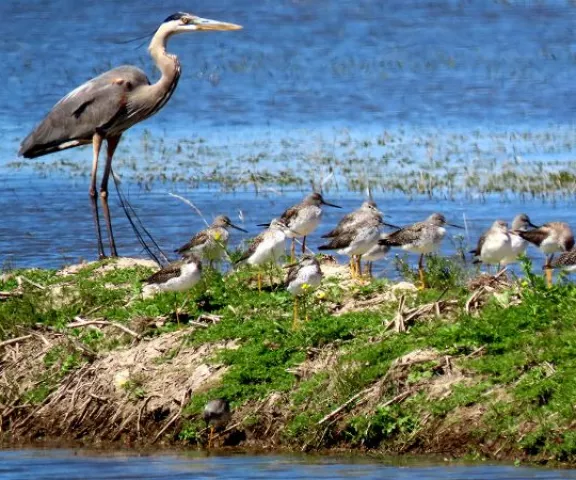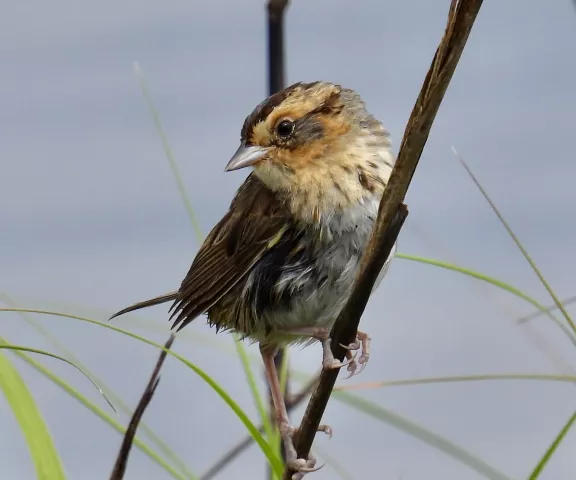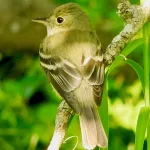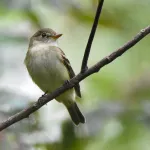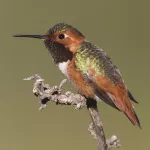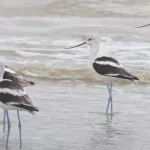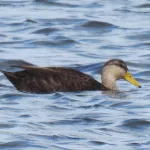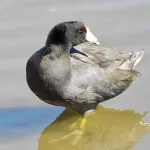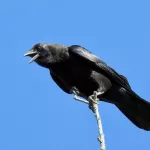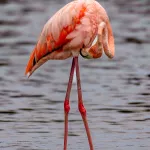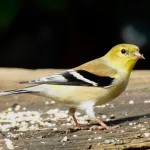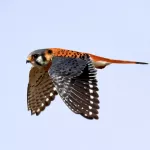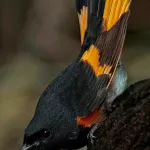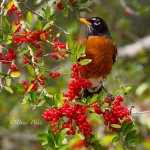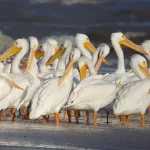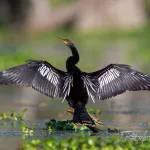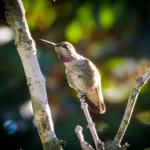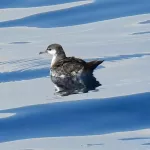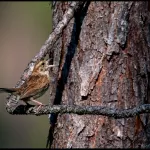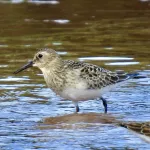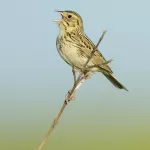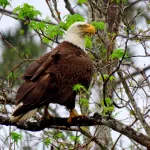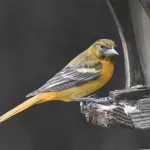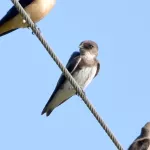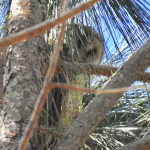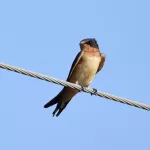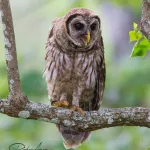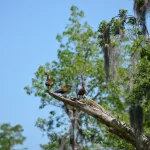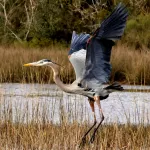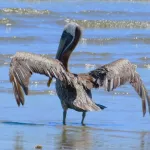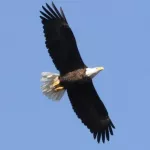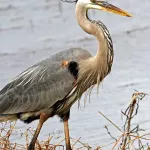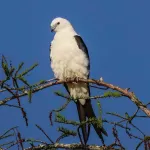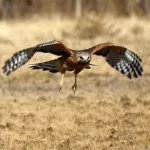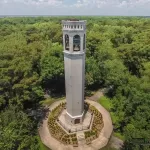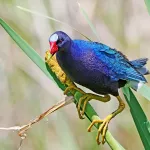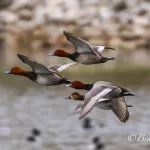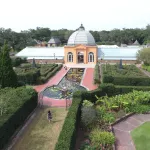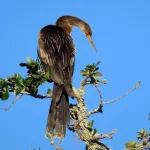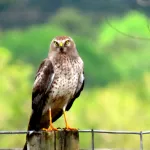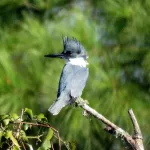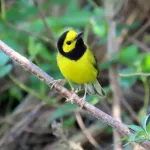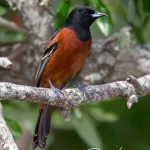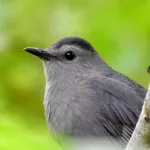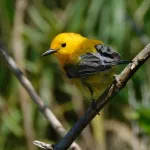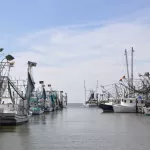Blue Goose Trail - Sabine National Wildlife Refuge
At nearly 125,000 acres, Sabine National Refuge is an important habitat for wintering waterfowl. As with most waterfowl refuges, this massive swath of fresh and intermediate marsh habitat has secured homes for a dizzying array of birds, mammals, reptiles, amphibians, insects, and other arthropods. The one-mile out-and-back Blue Goose Trail parallels Shell Canal as it winds through shrub-scrub thickets. The trail’s endpoint provides a panoramic view of Lake Calcasieu, known as "Big Lake," to locals.
At the beginning of the trail, there’s an open marsh with a cleared viewing area and a small shrub thicket near the comfort station. If you happen to visit this site in fall or winter, be sure to investigate that thicket for songbirds, including Savannah and Nelson’s Sparrows, House and Winter Wrens, and Nashville Warbler.
Small patches of hackberry, toothache tree, and a few live oaks are found along the trail, offering more opportunities for songbird viewing. Along the outside edge of the trail against a marsh are evergreen yaupon holly thickets mixed with Cherokee rose, adding still more songbird habitat diversity. These pockets of songbird habitat can be surprisingly productive. The best times for observing songbirds include spring and fall migration periods and the winter months when numerous nearctic songbirds join the year-round residents. Fourteen sparrow species and 27 warbler species have been recorded here! And do keep an eye out along the treetops, as the site's checklist includes 11 flycatcher species, including rarities like Say’s Phoebe and Tropical Kingbird.
At the end of the trail, views of the surrounding marsh and massive Calcasieu Lake open all the way up to the horizon. The marsh and open lake have produced 18 species of ducks and geese, along with 23 shorebird species and 16 species of gulls, terns, and other seabirds. Among them are Black-bellied Whistling-Duck, Herring Gull, Spotted Sandpiper, Semipalmated Sandpiper, Least Sandpiper, Least Tern, Gull-billed Tern, Reddish Egret, Northern Ganett, Greater White-fronted Goose, and Ross’s Goose. The Blue Goose trail and its environs have produced 225 bird species over the years.
The trail is flat and handicapped-accessible. An observation deck with a mounted spotting scope is located at the trailhead area near the parking lot. A small comfort station with an interpretive kiosk is in the parking area.
